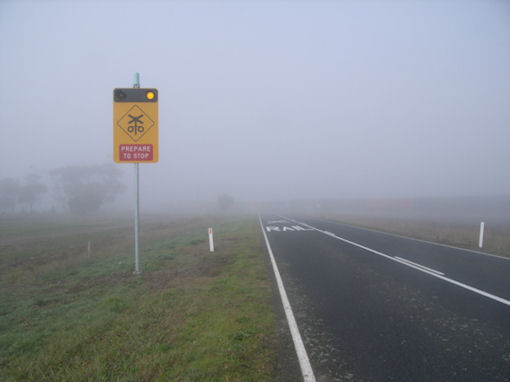Australia has been a bastion of innovation and creativeness in many fields of endevour including medicine, aircraft technology and ITS to mention but a few. Australia is such a remote continent that means we have the create a solution when we are presented with a problem to solve and Australians have always stepped up to such challenges.
ITS in Australia has been witness to the fervent development of many such systems, SCATS, VMS Signs, weather stations and many others, resulting in much engineering and development that has seen the travelling public being well served by these systems.
Now however, the game is changing and the world is a much more cosmopolitan place, and Australian Roads Authorities need to look at ITS solutions locally but also further abroad. Since the convergence of telephony and internet technology, we have all seen a convergence that means ITS is no longer a niche and specialist area when designing new systems.
Now, many ITS systems overseas have moved away from proprietary protocols to more open standards based protocols such as TCP/IP and now Cooperative ITS protocols and the pace of development of these systems is “aided” by the very foundation of the protocol being available to everyone.
Australian state road authorities have encouraged local industry to participate in supplying solutions, however, these often have a narrow focus on that state’s need or just the australian territory. Such solutions unfortunately these days do not meet the sophistcation and functionality because they are bespoke and highly custom solutions. This means they are limited to few suppliers, cost more and generally represent less value for money when compared to products based on open standards protocols.
Such an example is the European “ecall” standard and this has been mandated in all passenger vehicles sold in Europe as of 2014. This standard provide the ability of a car calling emergency services in the event of a major accident, a very useful function especially in severe or fatal car accidents that may occur. Also, the http://www.tisa.org organisation has standardised a protocol known as TPEG for the dissemination of traveller and travel time information to the public via any media including Internet, Radio, Smartphones, Variable or Dynamic Message Signs and airports or sea ports. This means equipment can be sourced by multiple suppliers which means better and more economical products available on the market and one protocol means we don’t expend effort at “re-inventing” the wheel each time we want to solve a new ITS problem.
Even traffic control systems are being encouraged to do so and the POSSE (http://www.posse-openits.eu/en/Partners/UTMC-UK/) effort in Europe is attempting to move authorities away from using bespoke systems that limit the ability to innovate and progress the state of the art in traffic management systems.
The pace at which information is disseminated across the world means Australia can no longer afford to ignore development overseas to adopt systems that have an application in Australian ITS applications and the benefits of adopting such standards have been documented many times and not just in ITS, as this link confirms http://www.posse-openits.eu/en/Open-ITS-Initiatives/Overview/.
What does it mean to Australian ITS? It means that we can finally rationalise the number of small, disparate and not well integrated protocols into a more cohesive and consistent set of roadside devices that all speak a common protocol that can cater for a VMS sign or an Ice Warning Station and can be better integrated with the traffic control system they are a part of as opposed to being driven by their own bespoke systems.
These challenges present opportunities for all ITS industry players and Australian firms have always been up to meeting these challenges and confirm that Australian ITS is at the forefront of world developments in this field.

